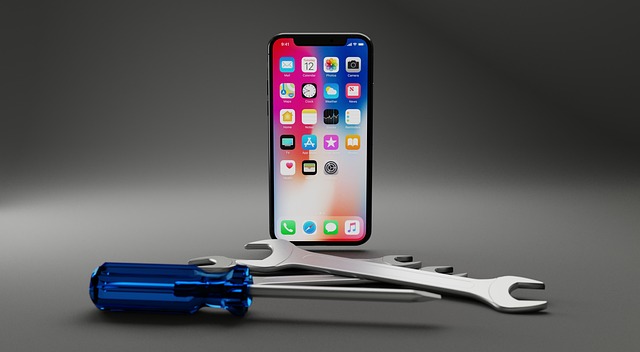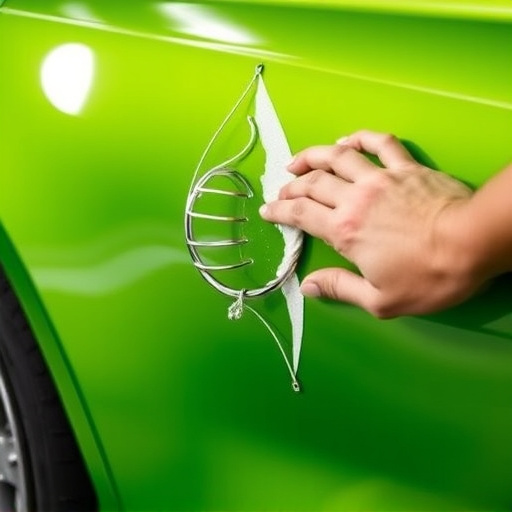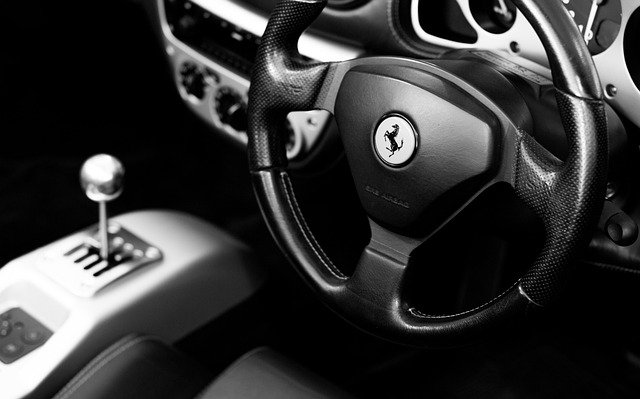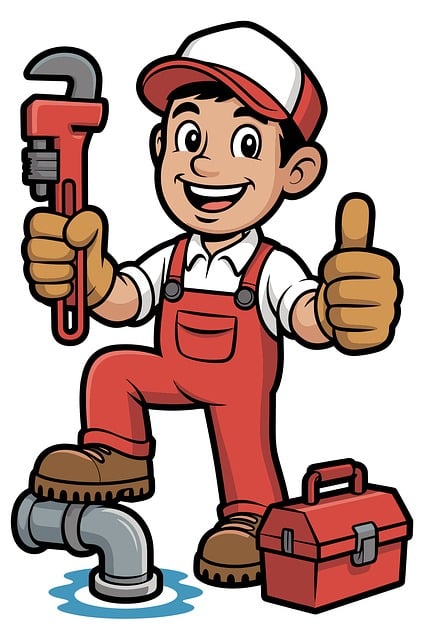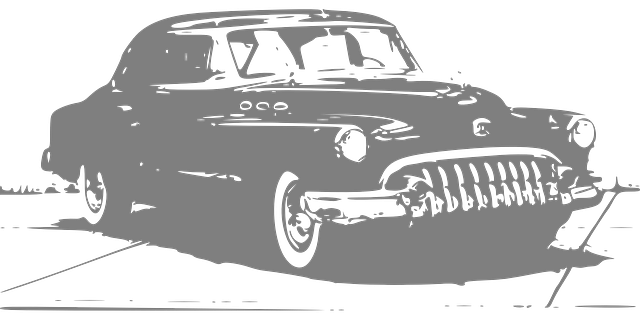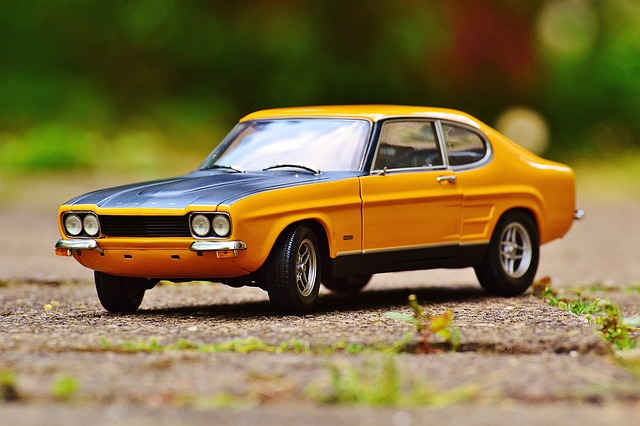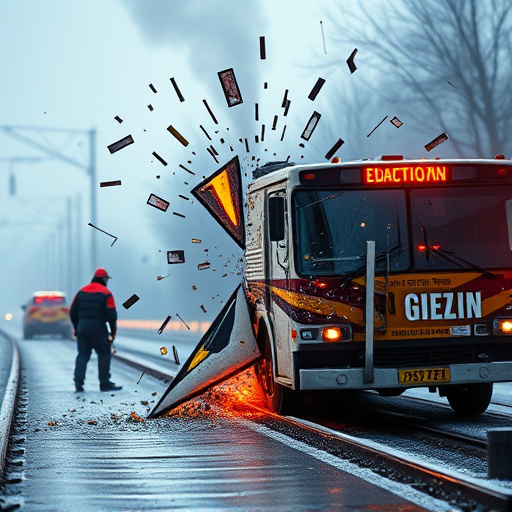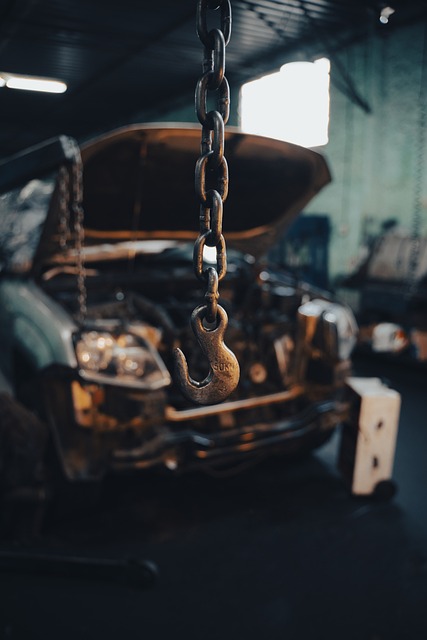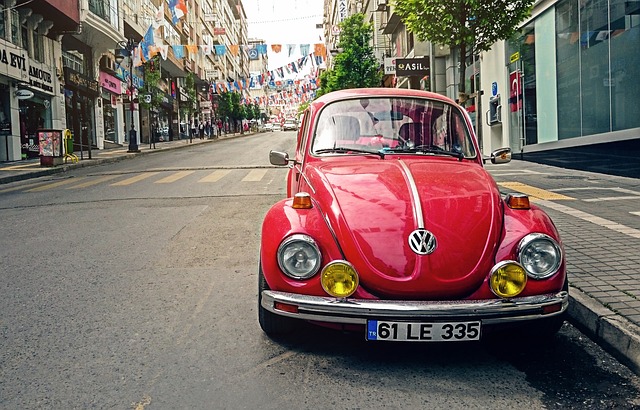Pearl finishes enhance a vehicle's appeal but require meticulous care. Regular inspections identify minor damage that can be repaired with touch-up paint and buffing. Severe issues like substantial chipping or deep scratches may necessitate complete repainting, comparing finish condition to factory standards. Repainting offers color matching and seamless matte finish collision repair for significant cosmetic issues, enhancing appearance and durability compared to traditional repairs. Conduct a cost-benefit analysis considering potential resale value increase from pristine exterior. Modern painting techniques make repainting a reliable choice for long-term vehicle care.
When your vehicle’s pearl finish shows signs of wear, deciding between repainting and traditional repair can be challenging. This article guides you through the process, focusing on understanding pearl finishes and when they require attention. We’ll explore how to evaluate damage, compare cost-benefit analyses for both options, and help you make an informed decision for optimal matte finish collision repair.
- Understanding Pearl Finishes: When They Need Repair
- Evaluating Damage: Repainting vs. Traditional Repair
- Cost-Benefit Analysis for Optimal Choice Decision
Understanding Pearl Finishes: When They Need Repair
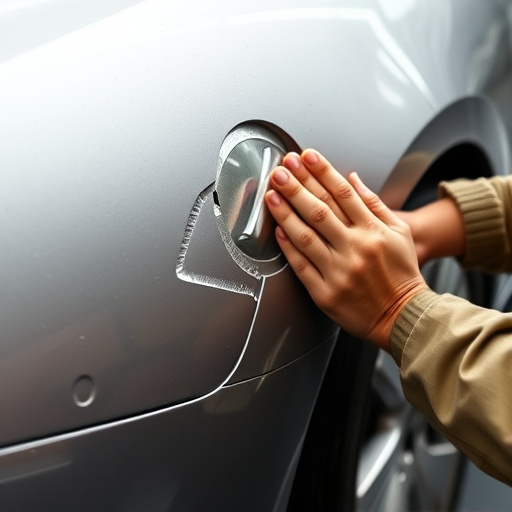
Pearl finishes are renowned for their exquisite, glossy appearance, offering a unique aesthetic to vehicles. However, these finishes are delicate and can be affected by various factors such as road debris, minor collisions, or everyday wear and tear. Understanding when a pearl finish requires repair is crucial in maintaining its beauty and value.
Regular inspection of your vehicle’s pearl finish is essential. Minor scratches, chips, or dents can accumulate over time, especially if your vehicle is frequently exposed to rough roads or parking lot hazards. While minor repairs can often be achieved with touch-up paint and buffing, more extensive damage, such as substantial chipping or deep scratches, may require a complete repaint. Comparing the condition of the finish with the original factory standards will help determine whether repair or repainting is the better option for your vehicle’s overall aesthetics and long-term protection, including considerations for a matte finish collision repair, bumper repair, tire services, and vehicle body repair.
Evaluating Damage: Repainting vs. Traditional Repair
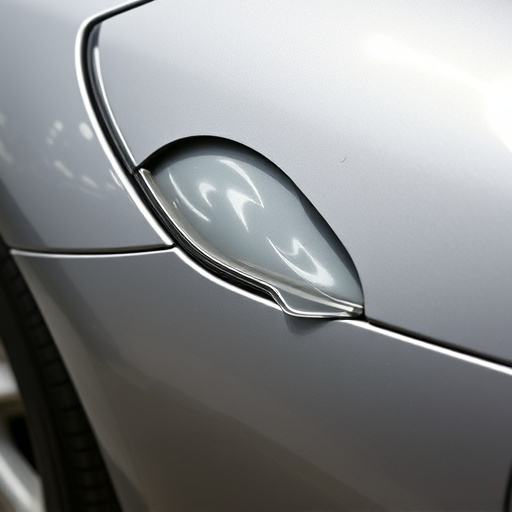
When considering whether to repaint or opt for traditional repairs for pearl finishes, evaluating the extent of the damage is crucial. In cases where the finish has experienced minor scratches, chips, or small dents, a skilled collision repair shop can often perform effective bumper repair and car dent removal, restoring the surface to its original gloss. These methods are particularly suitable for minor aesthetic issues that don’t compromise the structural integrity of the vehicle.
However, if the damage is extensive, involving significant chipping, peeling, or large areas of missing paint, repainting might be the more feasible option. Repainting offers a clean slate, allowing for not just color matching but also achieving a seamless matte finish collision repair that enhances the overall appearance. Unlike traditional repairs which may only mask existing issues, repainting provides a complete transformation, ensuring your vehicle looks as good as new.
Cost-Benefit Analysis for Optimal Choice Decision
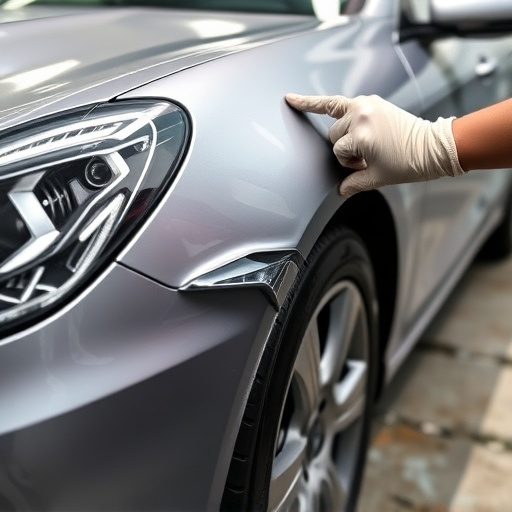
When considering whether to repaint or repair a vehicle with a pearl finish, a thorough cost-benefit analysis is essential for an informed decision. While repairing smaller dents and scratches in the bodywork can be cost-effective, especially for fleet repair services or collision repair shops aiming to keep costs low, repainting might be more beneficial in certain cases. Repainting offers a fresh start by eliminating existing damage and providing a like-new matte finish appearance. This is particularly advantageous for vehicles with extensive cosmetic issues or when matching the original pearl finish becomes challenging.
The decision should weigh the repair cost against the potential resale value increase of a vehicle with a pristine, flaw-less exterior. In some cases, especially for classic cars or unique vehicle models, repainting can be more reasonable than attempting intricate repairs to match the pearl finish perfectly. Additionally, modern painting techniques and advanced paint technologies ensure better durability and longevity, making repainting a reliable option for long-term vehicle care, especially when combined with expert fleet repair services or collision repair expertise.
When deciding between repainting and repairing pearl finishes, a thorough evaluation of the damage is key. Consider the extent of the pearl finish’s deterioration, the overall aesthetics, and your budget. Repainting offers a complete transformation, ideal for severe cases or achieving a desired color change. However, traditional repair methods can effectively restore minor imperfections to their former glory. By weighing the cost and benefits, you can make an informed decision, ensuring either choice enhances the vehicle’s appearance with a flawless, matte finish collision repair outcome.

